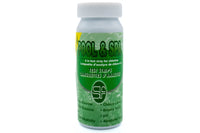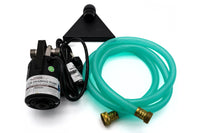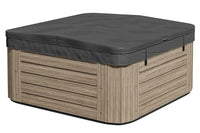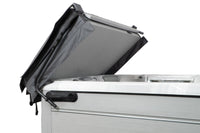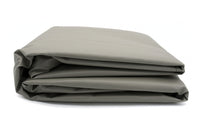Hot tubs are a great way to spend an evening after work, but only when you make sure you clean your hot tub and do not have it teeming with bacteria and human skin. This is the one downside to owning a spa, that they have to be maintained regularly to prevent the growth of nasty and potentially disease-causing pathogens. If you have ever opened your hot tub cover and found a mass of green algae and/or other floating particles, you are not alone. This is a direct result of improper maintenance, and it can strike when you least expect it.
It should come as no surprise that submerging your body in said water is not a good idea, especially if you have sensitive skin or have any open sores. Contaminated spas are notorious for causing staph infection and other similar afflictions, and more susceptible people like children and the elderly are at even greater risk for contracting an infection. The number one rule of hot tub maintenance is keeping the water clean and sanitized, and there are a few ways this is accomplished.

If contamination is already present or is in the process of developing, a shock treatment will be necessary. During this period of time, no one should be allowed to enter the spa. Shocking typically takes a couple of days to fully complete, as it is entails adding a high dose of chemical agents to the water as a means of killing the bacteria. The fumes alone can be harmful to humans and animals, so be sure to keep your distance. Don’t forget to invest in a spa cover, as this is the best way to keep debris out of the water. A freshly, sanitized tub can be instantly tainted by dirt and dust.
A hot tub owner’s guide to sanitation and keeping hot tub water clean
- Use chlorine or bromine; to clean your hot tub, there have been numerous debates about which of these chemicals is the best to use with respect to spas, as they each have distinct advantages and disadvantages. In all fairness, chlorine is an excellent chemical when it comes to shocking. It will get rid of bacteria build up quickly and effectively. Due to its instability in high temperatures, however, it is not recommended for long-term maintenance. In sum, bromine is better for routine cleaning and chlorine should be used to treat cases of contamination.
- Drain, clean and refill with fresh water; since draining a hot tub gives owners the ability to inspect pump/jet lines and the interior walls in addition to eliminating potentially contaminated water, it is something that should be done once every three months or so. Chemical cleansing is effective, but nothing beats a fresh refill.
- Install an ozonator; ozone is known to be one of the most efficient sanitizing agents. It is safe and odorless (unlike chlorine) and does not need to be added in high quantities. Your hot tub will need to be equipped with an ozonator though.

